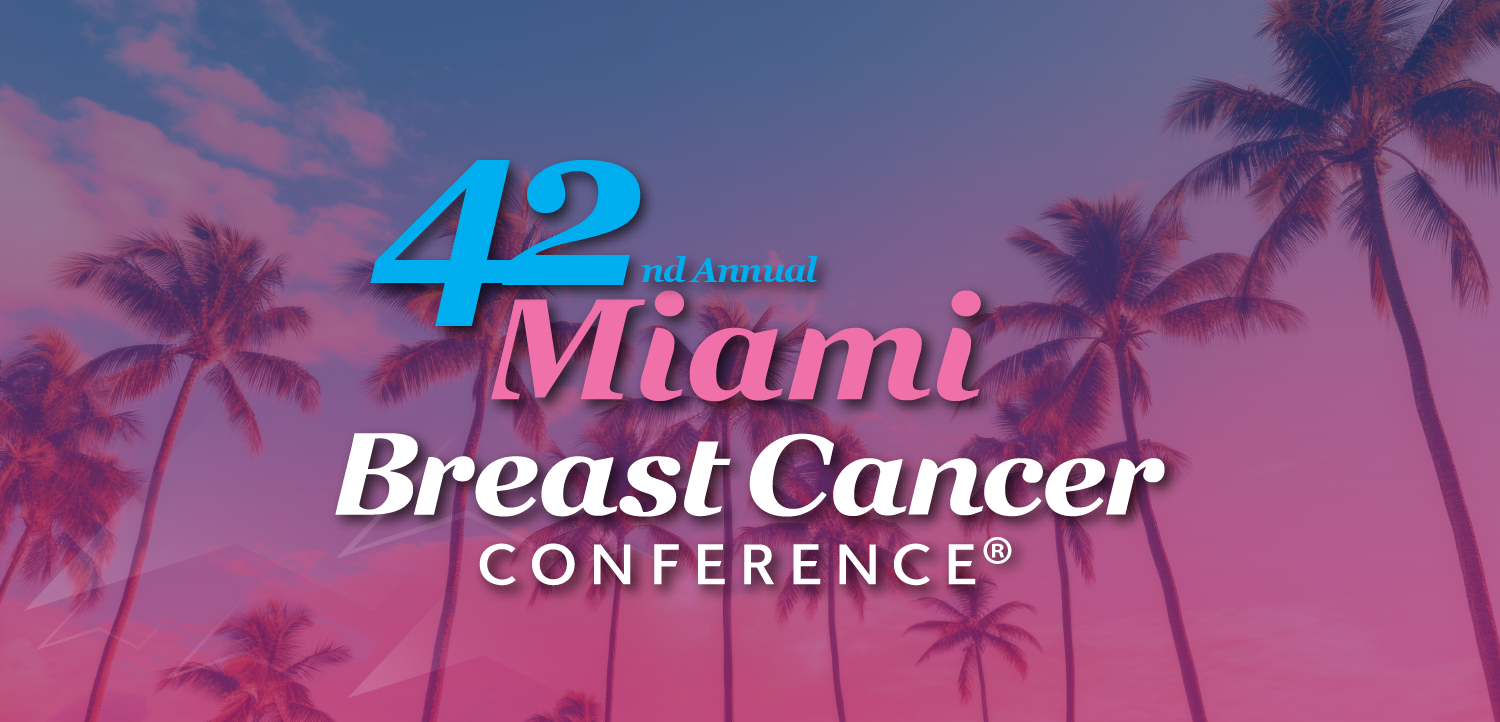6 Peer Support Programming Among Women At-Risk for Surviving Breast Cancer: Facilitators and Barriers to Community-Based Patient Navigation and the Role of Quality of Life
6 Peer Support Programming Among Women At-Risk for Surviving Breast Cancer: Facilitators and Barriers to Community-Based Patient Navigation and the Role of Quality of Life

Background/Significance
Peer support programs offer care to women at-risk for and surviving breast cancer to improve their quality of life. This study evaluated a national, cancer-focused community-based organization’s (CBO) 1-on-1 and no-cost peer support program to identify its uptake and outcomes.
Materials and Methods
A secondary data analysis was conducted among 1054 women who contacted the CBO for information and support: patient-reported outcomes were assessed 30 days later. Associations between demographic and clinical characteristics and the offer, uptake, and outcomes of peer support were analyzed in a multivariable manner.
Results
In the evaluation sample of women, 49.2% were aged 46 to 64 years, 17.6% were non-White, 78.0% were mothers, and 88.2% were breast cancer survivors. Peer support was offered to 814 (76.7%) women, of whom 305 (37.5%) utilized it. Women offered peer support were younger (t = –2.86, df = 1050, P = .004), and reported higher CBO care (t = –4.57, df = 317, P <.001) and patient navigation quality (t = –3.64, df = 345, P <.001). Among those utilizing peer support, they were more likely to be mothers (χ² = 5.15, P <.05) and breast cancer-free (χ² = 4.24, P <.05), but experienced lower quality of life (t = 2.23, df = 800, P <.05). Among all women, barriers to utilizing peer support included time constraints (17.5%), feeling uncomfortable discussing personal issues (9.8%), and having concerns about peer support meeting their needs (5.7%). Positive outcomes among peer support users (M = 44.37/50, SD = 6.7) were associated with younger age (P <.10), and higher CBO care and parent navigation quality (both P <.001). In logistic regression modeling, the odds of being offered peer support were greater for younger women (OR, 1.26; 95% CI, 1.05-1.50) and those with higher CBO care quality (OR, 1.20; 95% CI, 1.08-1.32); the odds of utilizing peer support were greater for mothers (OR, 1.57; 95% CI, 1.10-2.24), those without a breast cancer diagnosis (OR, 1.59; 95% CI, 1.02-2.47), and lower quality of life (OR, 1.18; 95% CI, 1.02-1.37). In an age-adjusted model, higher-quality CBO care (B = 1.71, P <.001) and parent navigation quality (B = 0.58, P <.001) both contributed significantly to an enhanced peer support experience.
Conclusion
CBO-led peer support programs are well-received by women at risk for and diagnosed with breast cancer, and especially those who are younger and with lower quality of life. High-quality CBO care and parent navigation are important components of peer support as well, and barriers to utilizing peer support could be lowered to extend its reach and impact.

2 Commerce Drive
Cranbury, NJ 08512
All rights reserved.